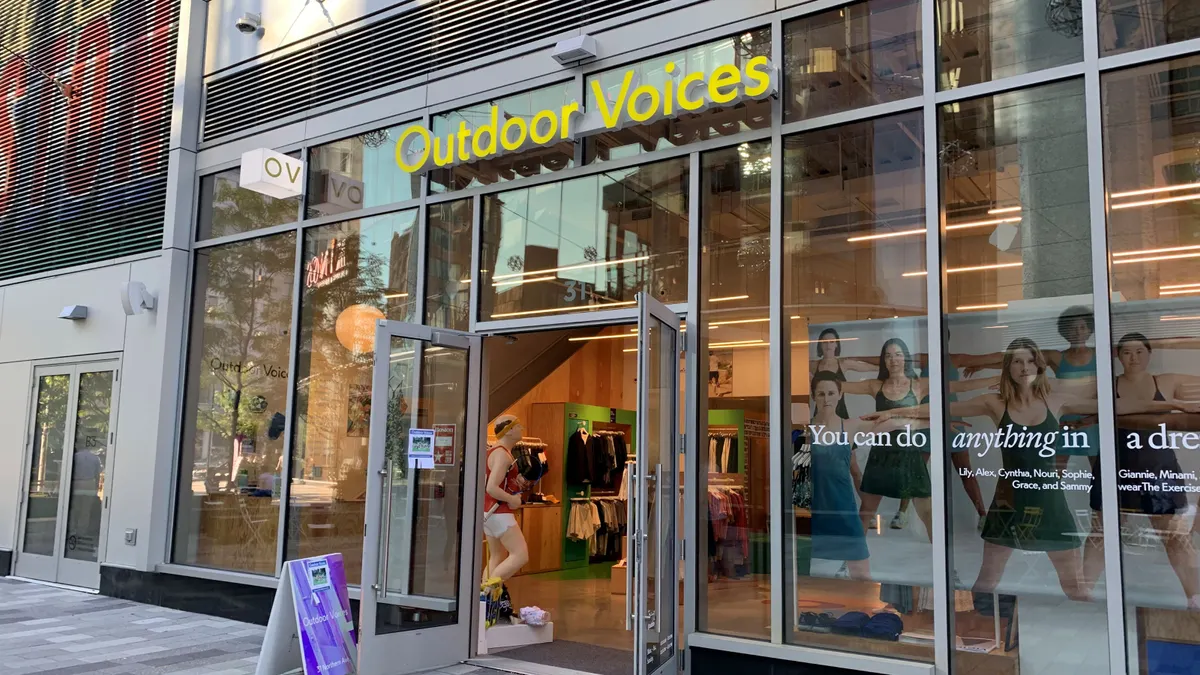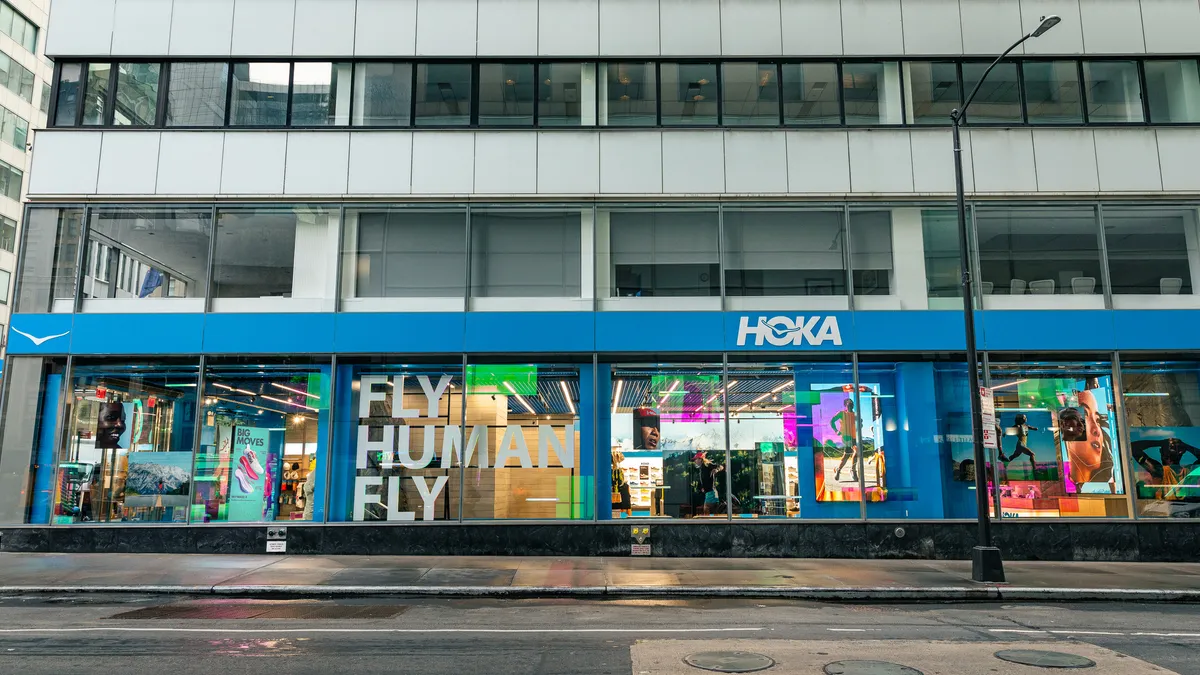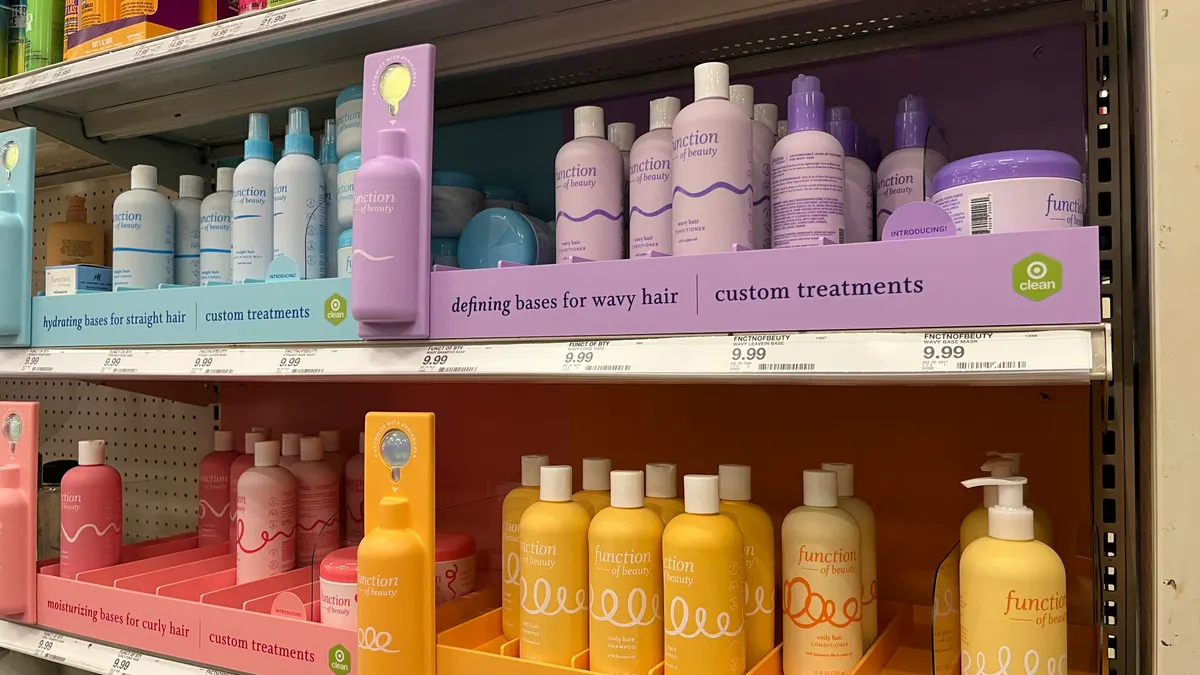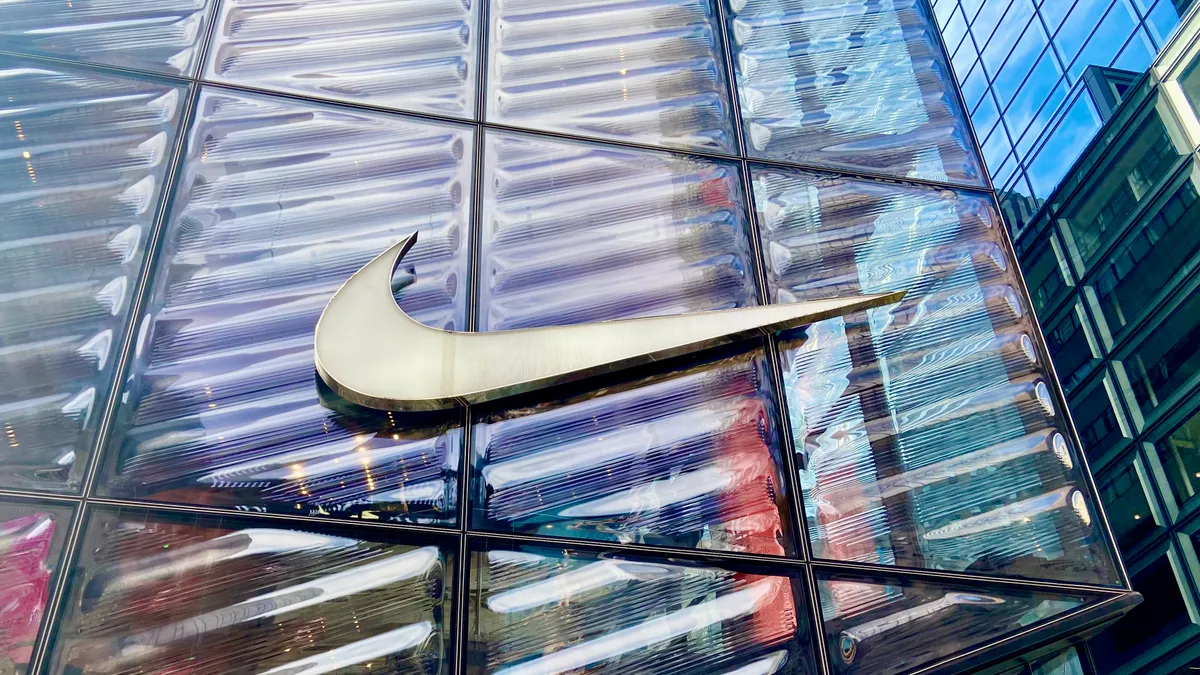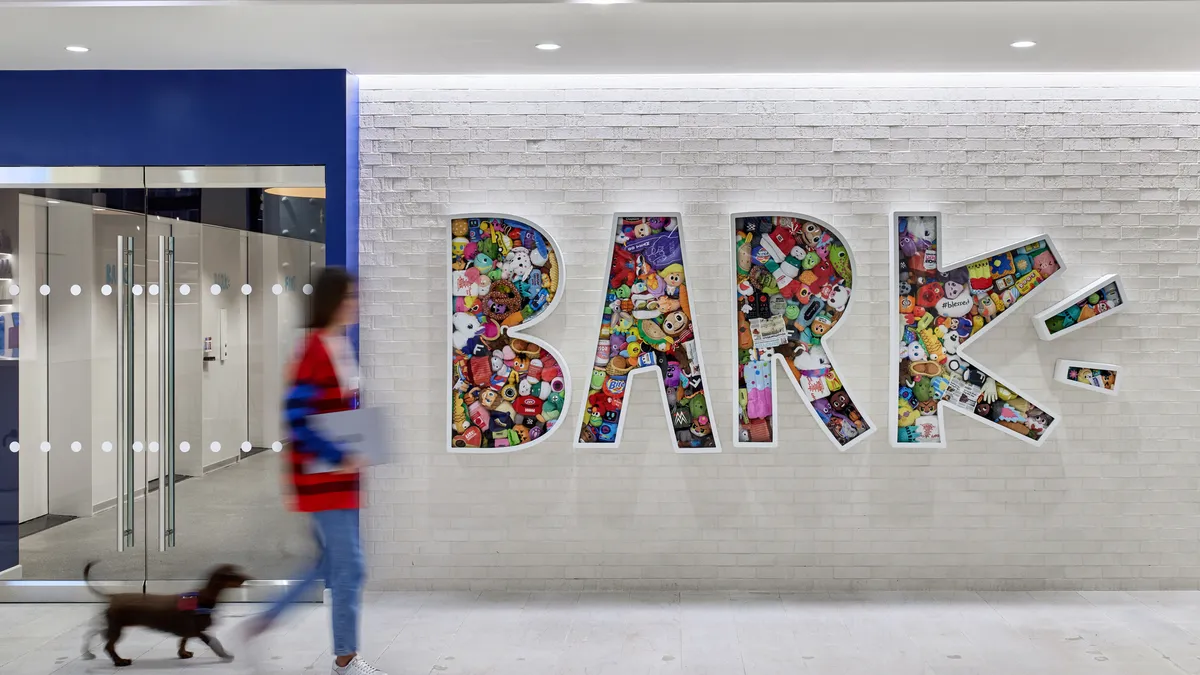The more retailers sell this holiday season, the more will likely boomerang back as returns in the new year.
That's especially true this year due to the surge in online selling, with the ongoing pandemic keeping customers from shopping indoors or limiting their numbers when they do. E-commerce soared 31.2% year over year in October and 32.4% again in November. And a quarter of that, on average, is likely to be returned, with even higher rates for apparel and electronics, according to A.J. Hernandez, CEO of crossborder parcel delivery firm SkyPostal.
Others peg typical e-commerce returns at closer to 30%. Either way, that's already a lot of sales going in the wrong direction. But for several reasons, retailers could see the rate go even higher.
Customer experience platform Narvar, for example, recently found that more than 60% of shoppers are "bracketing," where they buy multiple sizes, colors or styles of an item, knowing they will return some if not all. That's a 50% increase in three years, and a 29% increase from last year. Survey respondents told Narvar researchers they've done so because their weight has fluctuated during the pandemic (41%), they can't try things on in a store, as they usually would (31%) or they are trying new brands they're less familiar with (21%).
As with the last reason, there are also many consumers new to online shopping in general, and therefore less savvy about choosing items from a website that meet their expectations in real life, Steve Osburn, managing director in Accenture Strategy's Retail industry sector, said by email. Plus, many consumers are under financial pressure right now, so will be motivated to trade in gifts for cash or credit, according to Sriram Sridhar, CEO of delivery experience management platform LateShipment.com.
Most U.S. consumers, a whopping 92%, say they will be shopping after the holidays this year, up from the usual 72%, an indication that both sales and returns could be higher this season, according to research from Ware2Go. The UPS-founded fulfillment network recently partnered with Happy Returns to ease the returns process, according to an emailed press release.
"2020 is set to be the worst year on record for retailers with regards to return percentages," LateShipment.com's Sridhar said by email. "Every retailer is set to see returns that are 50% to 100% more than they have ever encountered in the past."
Easy does it
That doesn't mean making returns more difficult for customers, experts say.
"We recommend retailers to keep their return policies as simple and seamless as possible to earn customer goodwill, rather than making them difficult in the hope of preventing some returns," Sridhar said. "The long term customer goodwill earned is likely to easily offset any short term gains by preventing returns."
Stephan Schambach, founder of omnichannel platform NewStore, agrees, adding that returns need to be seen as part of a retailer's sales model. "If you limit returns, you limit revenue," Schambach said by video conference call. "You can turn returns or exchanges into a sales opportunity."
Moreover, consumers pay attention to return policies as they shop. A majority (61%) say such policies are "very important" as they decide to make a purchase, and another 34% say they're "somewhat important," per the Ware2Go study. Just 6% don't care, that research found.
The process can't be too difficult, either. More than three-fourths of shoppers (76%) who highly rated their returns experience with a retailer that was new to them said they'd shop with them again because of that, while just over half (51%) would not buy from a retailer if they had to pay for return shipping, according to Narvar.
Buy Online, Return in Store
Stores can be instrumental in making the returns process easier.
Traditional retailers, from one-store mom-and-pops and large chains, have instituted or expanded BOPIS services this year as the pandemic kept customers out of stores, even after lockdowns were lifted. That makes stores an advantage over retailers, even Amazon, that have zero or few physical locations, and that applies to returns as well.
Narvar found that more than half of consumers have tried curbside pickup or returns (56%) and instant refunds (52%), though they also said they'd only opt for such services if they're free. More than half (55%) of brick-and-mortar retailers do offer in-store returns of online purchases, NewStore found.
Prevention
While retailers should make returns easy, they can also prevent them, starting with presenting items for sale online as accurately as possible.
Just over half (51%) of U.S. consumers returned a gift they'd bought for someone before wrapping it up, with 35% saying the item was not as pictured or described and 31% saying the fit wasn't right, Ware2Go found. Another 33% said the item took too long to arrive, while 31% said they bracketed their options, always planning to return some of them.
Fit is a perennial issue for apparel shoppers, made all the more difficult when choosing garments online. The category suffers return rates of 30% to 40%, and just over 70% of those are due to a sizing issue, according to mobile fit solutions company MySize.
Technology is helpful in getting customers exactly what they want. Amazon just last week launched a custom T-shirt service dubbed Made for You, for example, which entails uploading photographs to determine body type.
But that carries privacy concerns that are especially problematic for anyone shopping for lingerie or swimwear, or shopping for children, according to MySize CEO Ronen Luzon, who said the platform abandoned the use of photos for that reason, relying instead on measurements scanned using a phone's sensors. MySize also employs a questionnaire that helps determine preferences, and analyzes returns, which also indicate preferences. A customer whose measurements indicate a medium size might actually prefer a tighter-fitting small, for example.
"Moving the mobile devices to scan your measurements is completely private and you can do it in the store as well," Luzon said by video conference call. "Retailers can take our tech and integrate it into their existing app, and smaller brands can use our app."
The bigger picture
In addition to being expensive for retailers, the surge in returns that has accompanied e-commerce growth carries an environmental cost.
E-commerce returns created 5 billion tons of landfill waste and produced as much carbon dioxide as 3 million cars do in a year, according to Marcus Shen, chief operating officer at B-Stock, a B2B secondary marketplace for returned and overstock merchandise.
The problem is especially acute in apparel, according to Luzon. "Buy wisely," he said. "Apparel is the second largest polluting industry on the globe today. Check the size chart, take a tape measure. Order what you need and don't return too much because it just kills us."
Such major implications mean that retailers should have a "chief returns officer," an executive-level expert to manage the reverse logistics, according to Navjit Bhasin, founder & CEO of omnichannel retail consulting firm Newmine. During a Coresight Research discussion on returns held last week via video conference, Bhasin noted that returns add to labor and fuel costs, are a challenge to sustainability and are a customer loyalty touchpoint. For those reasons, retailers like Nordstrom have incorporated returns management into their corporate social responsibility efforts, he said.
"The best return is the one that never happens," he said.







